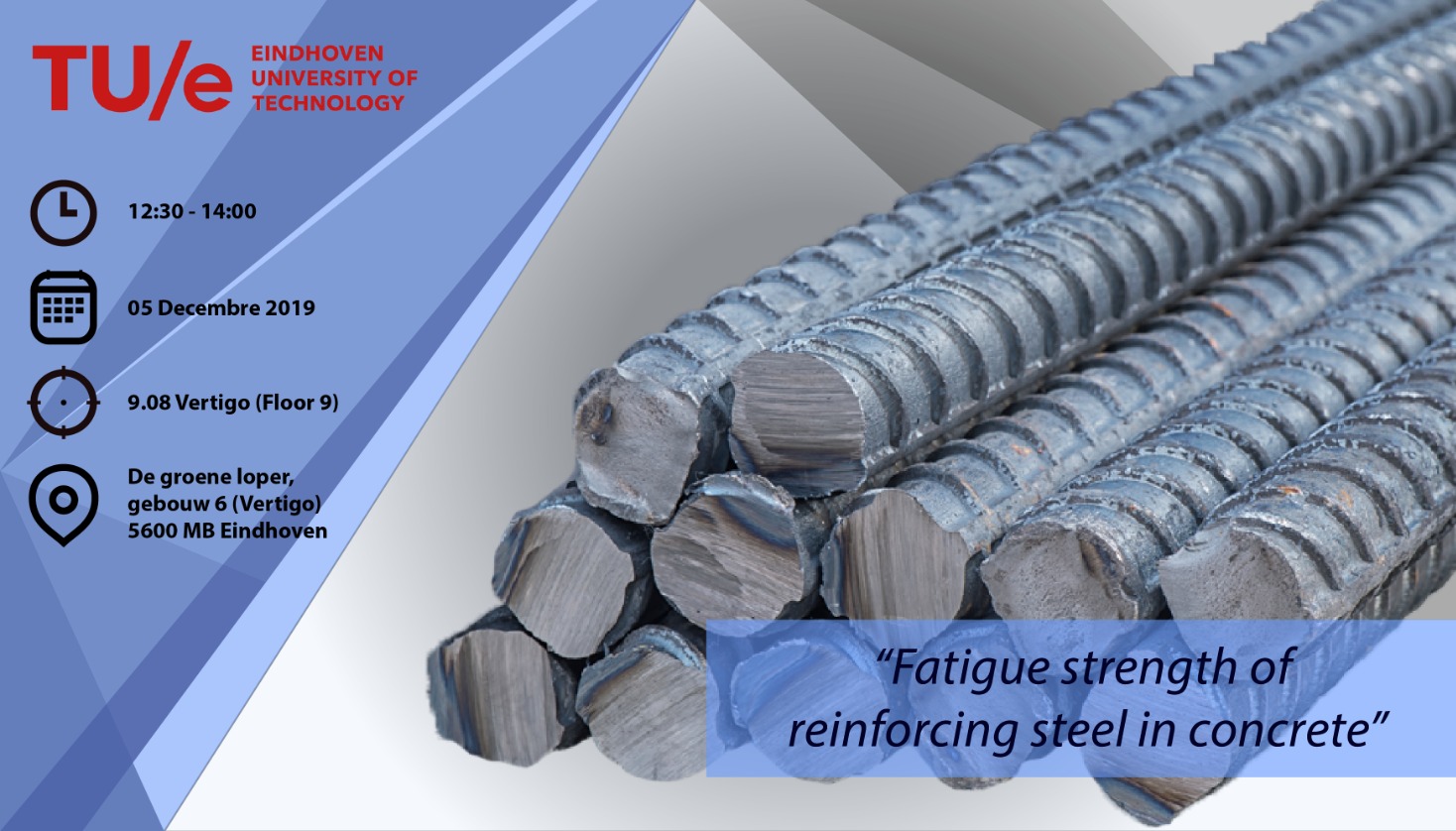End Colloquium Iris Luijters
The effect of embedment in concrete on the fatigue strength of reinforcing steel
In the second half of the last century, the construction of reinforced concrete bridges increased significantly due to new insights in the coherence between concrete and reinforcement. When constructed, the reinforced concrete bridges have been designed on certain estimated live loads. However, during time the intensity of traffic loads has increased significantly. Not only the current traffic volume has increased, but also the weight has. The increase in intensity results in higher stress amplitudes and more loading cycles, which may reduce the remaining technical life. Therefore it is of great importance for the sustainment of reinforced concrete bridges to investigate the remaining fatigue life and corresponding fatigue strength.
In the past, experimental and numerical research has been reported in the literature to investigate the fatigue strength of reinforcing steel and the effect of embedment in concrete. However, conflicting evidence was found for the influence of the embedment in concrete on the fatigue strength of reinforcing steel. In this numerical study, a distinction is made between the crack initiation phase and crack propagation phase. This study may therefore provide more clarity about the effect of embedment in concrete on the fatigue strength of reinforcement bars.




